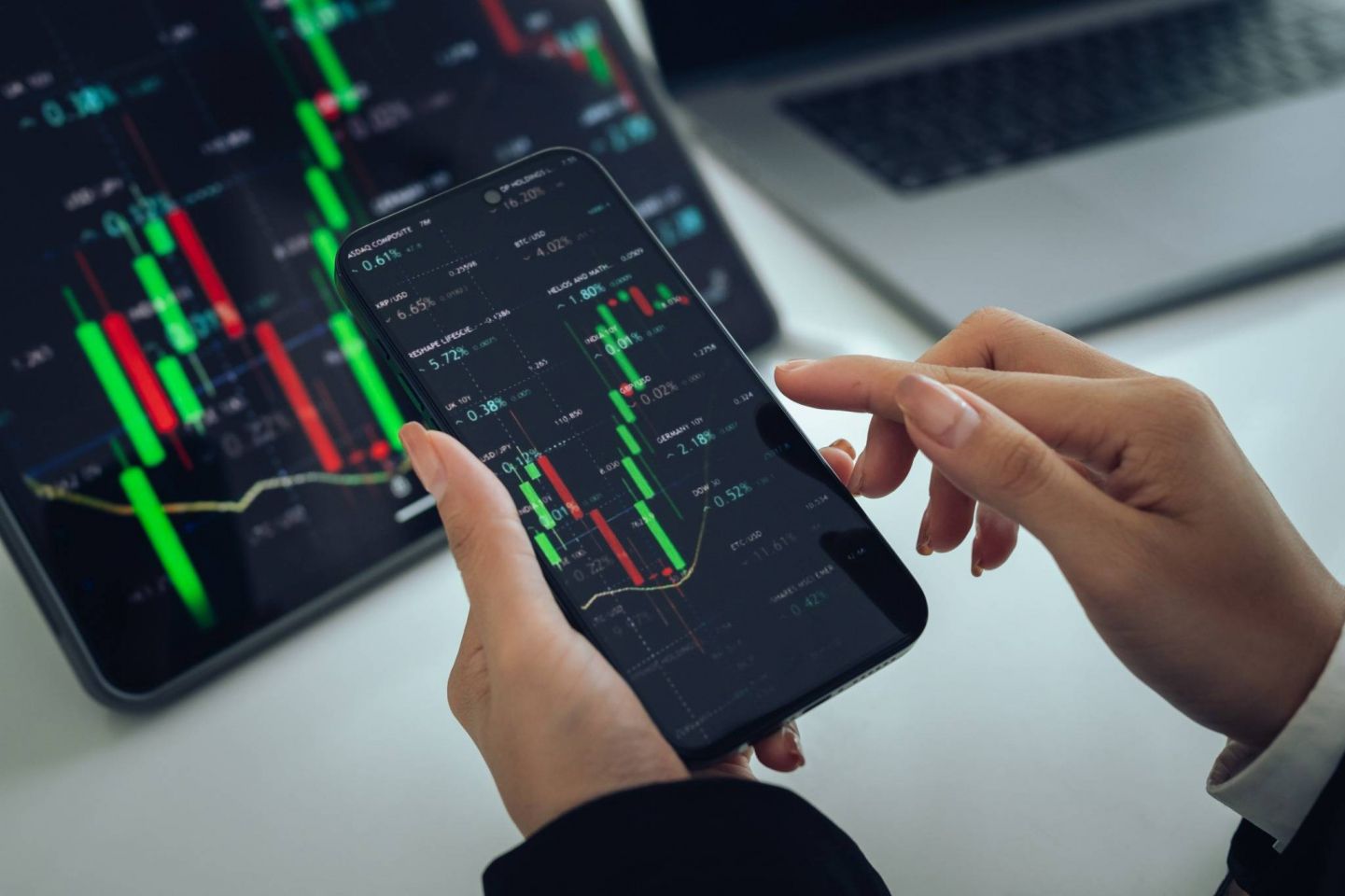Bonds vs. stocks: What's the difference?

When it comes to investing, the choice between bonds and stocks can be a fundamental decision. Both asset classes serve distinct purposes in a portfolio, but their characteristics, risks and potential rewards differ. This article explores the differences to help you build a clearer understanding before making any investment choices.
What are bonds?
Bonds are debt instruments that represent a loan from investors to borrowers, typically governments or companies. When you buy a bond, you’re lending money to the issuer, and they agree to repay the borrowed amount (the face value) on a specified date (the maturity date).
Key features of bonds include:
- Coupon rate: fixed or variable interest paid, usually annually or semi-annually
- Face value: the amount repaid at maturity
- Credit rating: an assessment of the issuer’s ability to repay
- Maturity date: the point at which the principal is repaid
The main types of bonds are:
- Government bonds: generally viewed as lower risk
- Corporate bonds: usually higher yields but greater risk
- Municipal bonds: issued by local authorities, with varying tax treatment
What are stocks?
Stocks represent ownership in a company. When you buy shares, you become a part-owner of the business, with a claim on its assets in liquidation (after creditors are paid) and on earnings if dividends are declared. This ownership may provide:
- Limited liability: losses are capped at the amount invested
- Voting rights: depending on share class
- Dividend payments: discretionary payouts from profits, not guaranteed
- Capital growth: potential gains if the company’s value rises
Unlike bonds, stocks have no maturity date or guaranteed income. Their value is influenced by company performance, market conditions, economic trends, and investor sentiment.
Investing in bonds vs. stocks: Key differences
Volatility and risk levels
Stocks can swing more in price than bonds, often showing larger daily or weekly movements. While this creates the chance for higher returns, it also brings more risk. Bonds may move less in value, offering more stability but typically lower long-term growth. Their prices also often fall when interest rates rise, and rise when rates fall.
Income: Dividends vs coupon payments
Bond coupon payments might be set in advance (fixed) or linked to a benchmark (floating), making them relatively predictable. Stock dividends can sometimes be larger but are never guaranteed, as they depend on company performance and board approval. Firms may cut or stop dividends in tough times.
Ownership vs creditor relationship
As a shareholder, you own part of a company. Bondholders don’t own the business – they’ve lent money to it. This matters if a company runs into trouble: bondholders are repaid before shareholders. Shareholders benefit from limited liability, while bondholders rely on the issuer’s ability to repay the debt.
Liquidity
Stocks may be easier to buy and sell, traded daily on major exchanges. Bonds – especially corporate or municipal bonds – can be more difficult to trade quickly, depending on market demand.
Comparison of bonds and stocks
| Aspect | Bonds | Stocks |
|---|---|---|
| Volatility | Lower; prices often move opposite to interest rates | Higher; driven by company results and market trends |
| Income | Fixed or benchmark-linked coupon payments | Dividends, if declared |
| Ownership | Creditor – you’ve lent money | Equity owner with limited liability |
| Liquidation | Priority repayment | Residual claim after creditors |
| Maturity | Yes | No |
| Liquidity | Varies; some bonds less liquid | High, traded daily on exchanges |
How do interest rates and inflation affect stocks & bonds?
Impact on bond prices
Bond prices move in the opposite direction to interest rates. When rates rise, existing bonds usually lose value, as new bonds offer more attractive yields. This inverse relationship is one of the defining features of the bond market.
Influence on stock valuations
Higher interest rates can put pressure on stock prices by:
- Increasing borrowing costs for businesses
- Making bonds look more appealing compared with shares
- Reducing consumer spending, which can weigh on company revenues
Effect of inflation
Inflation affects bonds and stocks in different ways:
- Bonds with fixed coupons lose purchasing power when inflation is high, lowering real returns.
- Stocks may offer partial protection, if companies can raise prices to cover higher costs.
Central bank policies – especially interest rate changes – are designed to control inflation and directly influence both bond yields and stock valuations.
Making informed decisions with your investments
Understanding how bonds and stocks respond to interest rates and inflation can help you build a more balanced portfolio. Always consider your objectives, risk tolerance and time horizon. Some manage risk by holding a mix of both asset types.
FAQ
What is the key difference between stocks and bonds?
Stocks represent ownership, with a claim on profits and assets. Bonds are loans to an issuer, with regular interest payments and repayment at maturity. Bondholders are repaid before shareholders if a company fails.
How do stocks generate returns compared to bonds?
Stocks generate returns from price growth and discretionary dividends. Bonds provide income through coupon payments and any gains or losses if sold before maturity.
What risks are linked to stocks and bonds?
Stocks carry market volatility, company-specific risks and the chance of total loss. Bonds face interest rate risk, credit risk (default) and inflation risk. Stocks may provide some inflation offset if companies can increase prices.
What portion of my portfolio should be in corporate bonds vs stocks?
There’s no single answer. It depends on your goals, time horizon and appetite for risk. Stability-seekers may prefer more bonds, while growth-focused investors may lean towards stocks. Deciding when to buy bonds vs stocks can depend on broader market conditions and your individual risk tolerance.